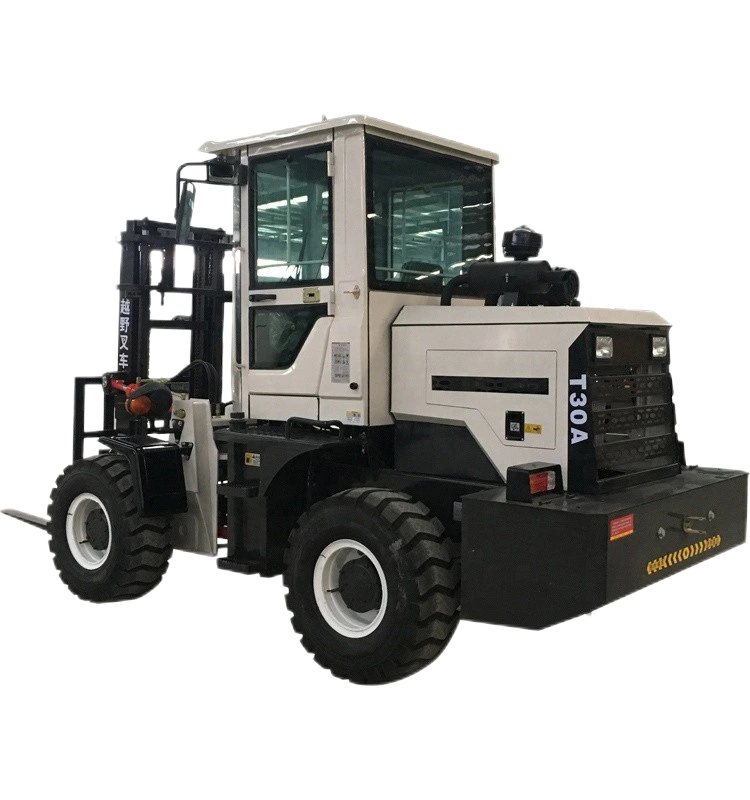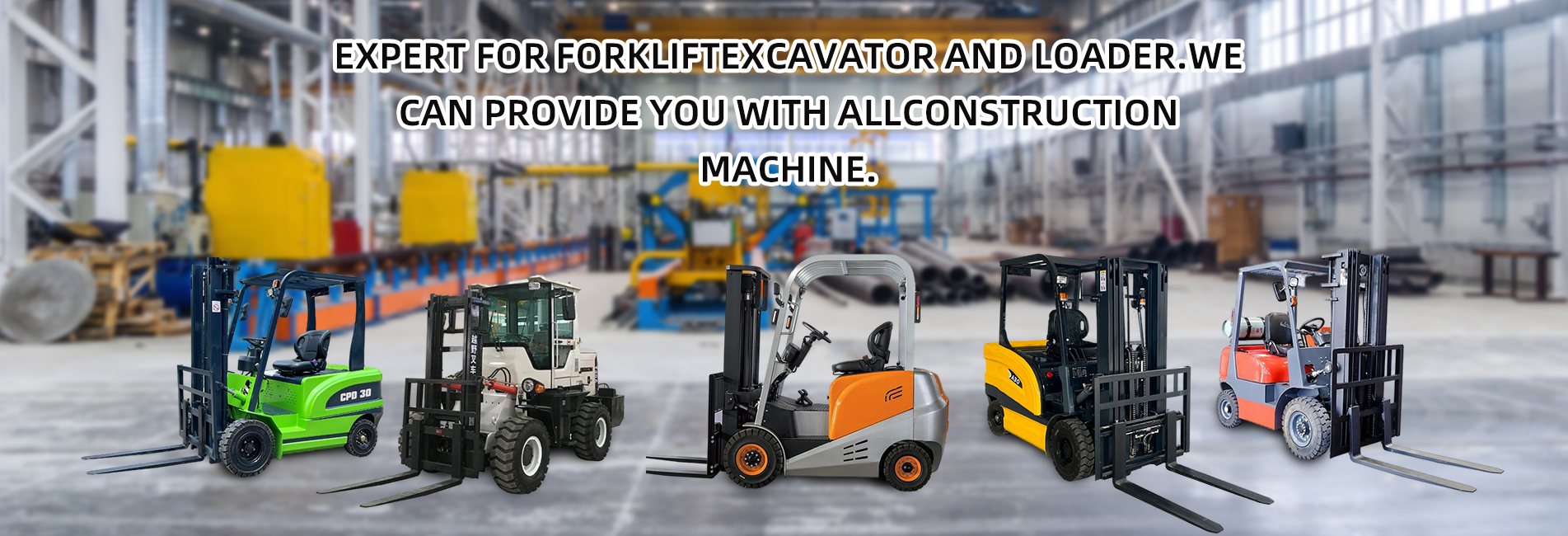A 16-ton forklift is an industrial handling vehicle with a rated lifting capacity of 16 tons. It is mainly used for loading, unloading, stacking, and short-distance transportation of palletized goods, and is widely applied in places such as ports, stations, warehouses, and factories. The following is a detailed introduction from various aspects:

Main Uses
- Heavy goods handling: It can easily carry large goods weighing 16 tons or less, such as heavy machinery and equipment, large steel products, container accessories, etc.
- Stacking operation: It can stack goods to a certain height, improving the utilization rate of space in warehouses and other places.
- Short-distance transportation: It realizes short-distance transfer of goods in factory areas, ports and other sites, reducing labor costs and improving transportation efficiency.
Structural Composition
- Power system: There are usually types such as diesel engines (powerful, suitable for outdoor operations) and electric drives (environmentally friendly, low noise, suitable for indoor operations).
- Transmission system: Responsible for transmitting power to the driving and lifting mechanisms, including clutches, gearboxes, drive shafts, etc.
- Lifting system: Composed of a mast, chains, forks, etc. The mast can realize actions such as lifting, tilting forward and backward, and the forks are used to carry goods.
- Travel system: Including the frame, wheels, suspension, etc., ensuring the driving stability and maneuverability of the forklift.
- Steering system: Enables the forklift to turn flexibly to meet the needs of different operating sites.
- Brake system: Ensures that the forklift can stop in time during driving and operation, guaranteeing operational safety.
Performance Characteristics
- Strong load-carrying capacity: The rated lifting capacity of 16 tons enables it to handle heavy goods handling tasks.
- Sufficient power: Especially 16-ton forklifts with diesel power can maintain good operating performance under complex road conditions.
- Good stability: The body structure is reasonably designed, equipped with counterweights and other devices to ensure stability when lifting heavy objects and reduce the risk of rollover.
- Flexible operation: Although it is relatively large in size, it can operate flexibly within a certain range through good steering and control design.
Operation Precautions
- Pre-operation inspection: Check whether the tire pressure, fuel/electricity, brake system, lifting chain, etc., are normal to ensure the equipment is free of faults.
- Load specifications: Overloading is strictly prohibited. The center of gravity of the goods should be within the reasonable range of the forks to avoid forklift imbalance due to offset of the center of gravity.
- Driving safety: When driving on factory roads, abide by traffic rules, pay attention to avoiding pedestrians and other vehicles, and drive at a limited speed.
- Operation specifications: Lift and lower goods smoothly, avoid sudden starts and stops; slow down when turning to prevent goods from falling.
- Regular maintenance: Perform regular maintenance and repairs in accordance with the requirements of the equipment manual, and replace worn parts in a timely manner to extend the service life of the forklift.


